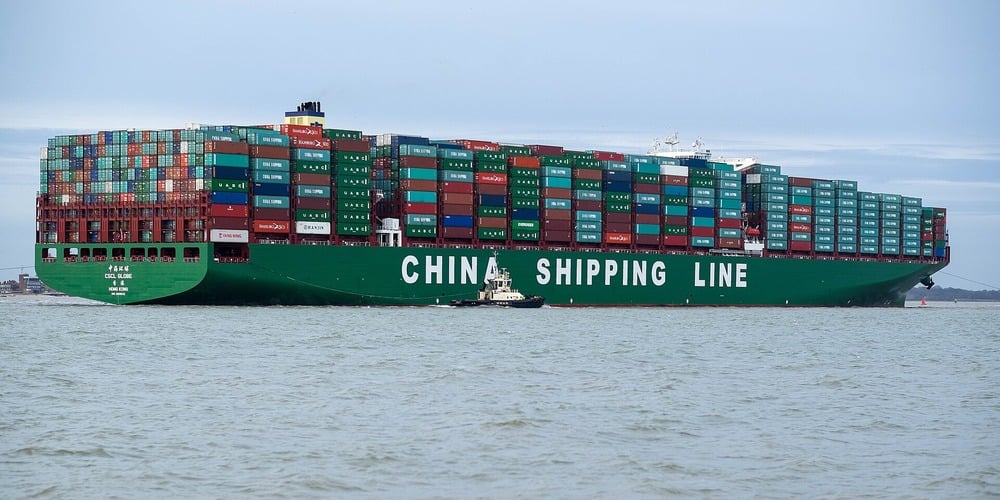The numbers tell quite a story. China’s exports surged 12.4% in March 2025, with first-quarter growth hitting 6.9%. But beneath these headline figures lies a massive shift in global trade flows driven by unprecedented tariff levels that have reshaped manufacturer economics.
American tariffs on Chinese goods now stand at a stunning 145% – levels not seen in a century. Beijing has answered with 125% duties on US products. These aren’t temporary irritants but structural barriers reshaping global commerce.
“With tariff rates at the current level, there is no longer a market for US goods imported into China,” stated China’s Finance Ministry when announcing the retaliatory measures.
With US markets less accessible, Chinese exporters have doubled down on their neighbors. Exports to ASEAN jumped 11.6% in March, with Vietnam alone absorbing nearly 19% more Chinese goods than last year.
This isn’t just a blip—it’s the continuation of a multi-year trend that has made ASEAN China’s largest trading partner, ahead of both the EU and US.
On April 4, Beijing added another dimension to trade tensions by imposing export controls on seven critical rare earth materials —samarium, gadolinium, terbium, dysprosium, lutetium, scandium, and yttrium.
These aren’t ordinary commodities. They’re essential components in everything from EV batteries to fighter jets, giving China significant leverage in ongoing negotiations.
Similar Posts
While physical trade routes face disruption, China’s digital export channels offer some relief. Cross-border e-commerce platforms have provided alternative paths to global markets for many manufacturers.
The Chinese government has responded with targeted assistance for affected exporters. The People’s Bank of China has cut reserve requirements to boost liquidity, while new VAT rebates and export credit insurance help cushion the blow.
Apple exemplifies the corporate response to these shifting trade winds. The tech giant shipped India-made iPhones worth $2 billion to the US in March alone. By end-2026, most iPhones bound for American consumers will come from Indian factories rather than Chinese ones.
This manufacturing migration carries a cost premium of 5–10% compared to Chinese production, but companies increasingly view it as necessary insurance against trade disruptions.
Beyond physical goods, China’s services exports have shown remarkable resilience, reaching ¥835.15 billion in Q1 2025 (up 12.2%). Travel-related services performed particularly well with 21.8% growth, highlighting China’s expanding economic footprint beyond manufacturing.
The ripple effects of these trade barriers are spreading globally. The International Monetary Fund now projects world growth at just 2.8% for 2025, down from earlier expectations of 3.3%. The World Trade Organization paints an even starker picture, predicting a 0.2% contraction in global merchandise trade this year, with potential for a 1.5% drop if tensions escalate further.

For businesses caught in these crosscurrents, adaptation is essential. The most successful Chinese exporters are diversifying both markets and production bases. Meanwhile, multinational companies are reconfiguring supply chains for resilience rather than maximum efficiency.
The trade relationship between the world’s largest economies will never be the same. But as one door closes, others open. Companies that can navigate this new landscape with flexibility and foresight will not just survive but thrive in the reconfigured global economy.


















